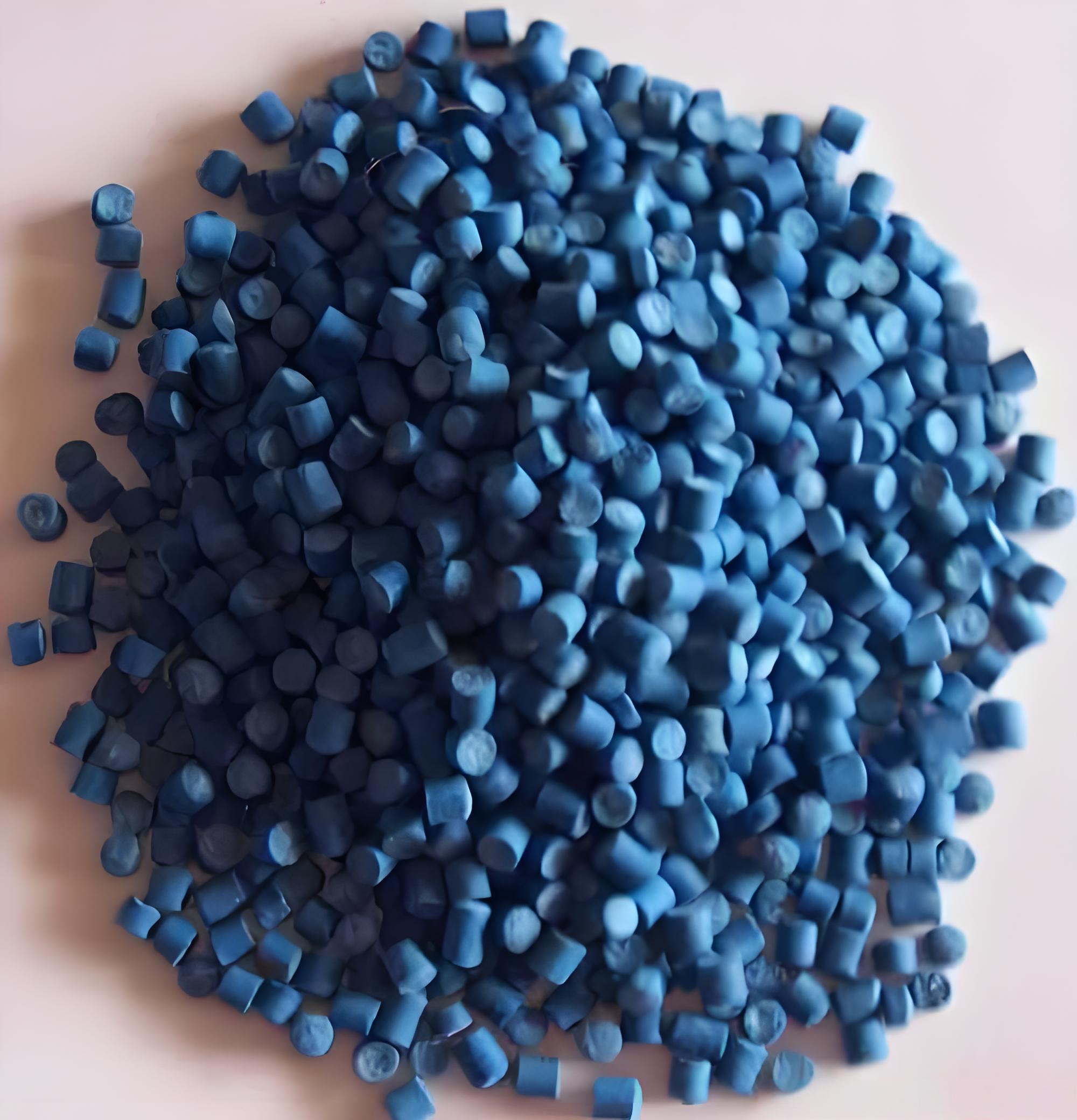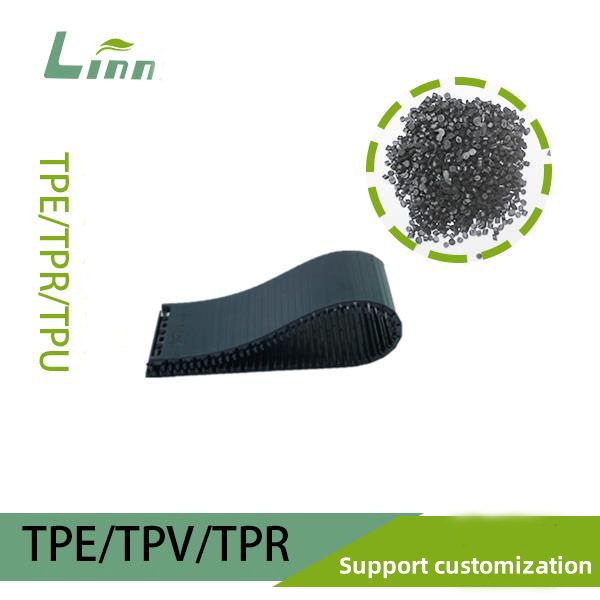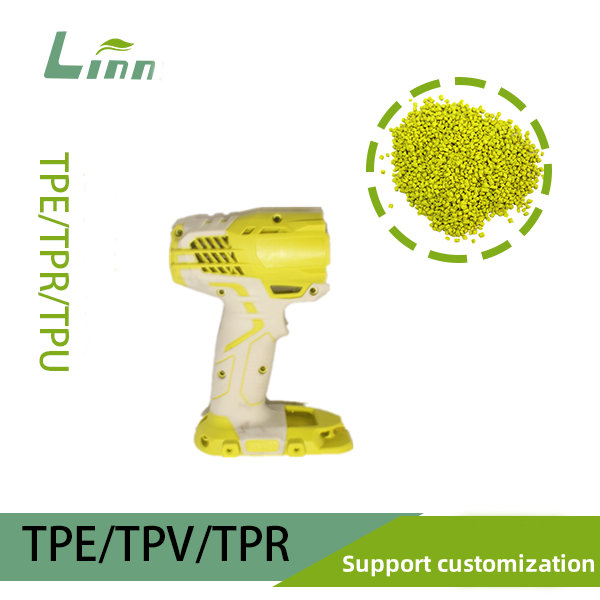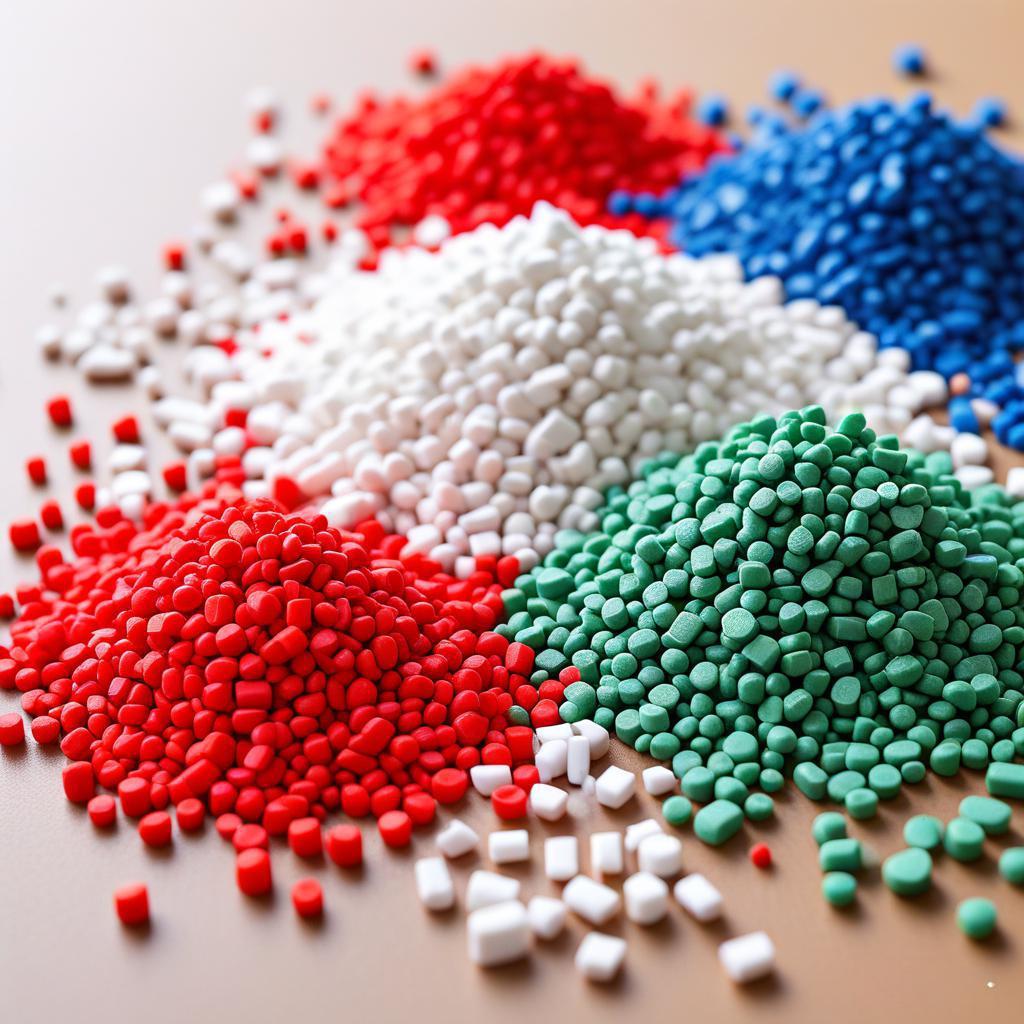With 25 years immersed in thermoplastic elastomer compounding, molding, and failure analysis, I have chased down more stiffness mysteries than most engineers encounter in a lifetime. My career launched on the factory floor of a Taiwanese automotive seal plant, where I learned that a soft 40A TPE grip could transform into a rigid 70A rod overnight, snapping under thumb pressure and triggering line shutdowns. From there, I led R&D teams formulating medical catheter tubing, consumer wearable bands, and industrial vibration mounts, routinely dissecting hardness creep in DSC labs, rheometers, and environmental chambers. Today, I consult for global brands, turning hardening headaches into predictable, long-soft performance. This exhaustive guide channels that frontline experience into the root causes of rapid TPE hardening, backed by chemical kinetics, real-world data, and field-validated fixes.

The Hardening Phenomenon: From Supple to Stiff
TPE hardening manifests as Shore A climbing 10-30 points within days to months, often accompanied by loss of elasticity, surface tack reduction, and brittleness. A 50A overmold that flexes like rubber on day one can feel like hard plastic by week four. The shift is not uniform—surface layers stiffen fastest, creating gradients that crack under strain. Hardening is physical aging, chemical cross-linking, or phase separation in disguise, each robbing the soft segment mobility that defines TPE. Understanding the interplay of formulation, processing, and environment is key to halting the creep.
Core Mechanisms Driving TPE Stiffening
At molecular scale, TPE softness relies on amorphous polyolefin midblocks (ethylene-butylene, ethylene-propylene) entangled with oily plasticizers and anchored by glassy styrene endblocks. Hardening occurs when:
Plasticizer loss shrinks free volume, raising Tg.
Cross-linking ties chains into networks, restricting flow.
Crystallization orders soft segments into rigid lamellae.
Phase separation expels oil, collapsing the elastomeric matrix.
These mechanisms accelerate under heat, shear, oxygen, or incompatible additives, turning a balanced triblock into a stiff composite.
Primary Causes of Rapid TPE Hardening
1. Plasticizer Migration and Volatilization
Paraffinic or naphthenic oils (30-70 phr) keep TPE soft, but low-MW fractions (<500 g/mol) migrate to surfaces and evaporate, especially above 60°C. A 50A SEBS loses 5-10% oil in 500 hours at 80°C, jumping hardness from 50A to 68A. Migration doubles in humid environments as water displaces oil. Field data from automotive door seals show summer hardening 3x faster than winter.
Table 1: Oil Loss vs Hardness Increase
| Oil MW (g/mol) | Loss at 80°C/500h (%) | Initial Shore A | Final Shore A |
|---|---|---|---|
| 400 | 12 | 48 | 72 |
| 800 | 6 | 50 | 62 |
| 1200 | 2 | 49 | 54 |
2. Thermal Aging and Cross-Linking
Temperatures above 100°C trigger radical formation in polyolefin chains, leading to C-C or C-O-C bridges. SEBS with residual unsaturation cross-links fastest—peroxide residues from extrusion initiate cascades. A 70A TPE aged 1000 hours at 120°C stiffens 25 Shore points and loses 60% elongation. Antioxidants deplete, accelerating the process.
3. Crystallization of Soft Segments
Slow cooling or annealing near 40-60°C allows ethylene-butylene segments to fold into 5-10 nm crystallites. These act as physical cross-links, raising modulus 200-500%. TPE-O (olefinic) grades crystallize fastest due to linear PE sequences. DSC exotherms at 45°C confirm onset within hours post-molding.

4. Oxidative Degradation and Chain Scission
Oxygen diffuses into TPE, forming hydroperoxides that decompose into carbonyls and radicals. While scission softens some polymers, in TPE it creates polar end-groups that hydrogen-bond, stiffening the matrix. Ozone cracks surfaces, exposing fresh material to hardening cycles.
5. Incompatible or Degrading Additives
Flame retardants (ATH, phosphates) absorb oil, starving soft segments. Slip agents like erucamide crystallize into plates, raising hardness locally. High-loading fillers (>30 phr CaCO₃) restrict chain mobility. Phenolic antioxidants over-oxidize into quinones, cross-linking styrene domains.
6. Processing Shear and Thermal History
High shear (>1500 s⁻¹) in extrusion breaks oil into volatiles that escape, while overheating (>220°C) initiates cross-links. Short residence times freeze unstable morphologies prone to rapid aging. Over-packed molds densify surfaces, creating 0.5 mm hard skins.
7. Environmental Exposure: Heat, Humidity, Chemicals
Continuous 40°C ambient hardens TPE 50% faster than 23°C via oil volatilization. High humidity (>70% RH) hydrolyzes ester-based oils, forming acids that catalyze cross-linking. Contact with solvents (IPA, oils) extracts plasticizers. UV exposure embrittles surfaces, compounding bulk stiffness.
8. Material Grade and Supplier Variability
SBS-based TPE hardens quickest due to butadiene oxidation. SEBS resists better but varies by hydrogenation level—95% vs 99% saturation changes aging rate 40%. Medical grades with high-MW oil hold softness longer than commodity lots.
Table 2: Base Polymer Impact on Aging
| TPE Type | Hydrogenation (%) | Hardness Rise (500h/80°C) | Elongation Loss (%) |
|---|---|---|---|
| SBS | 0 | +28 | 65 |
| SEBS | 95 | +15 | 40 |
| SEBS | 99 | +8 | 20 |
| TPE-O | — | +22 | 55 |
9. Post-Mold Storage and Handling
Parts stored above 30°C or stacked under pressure squeeze oil to surfaces, where it evaporates. Clear bags allow UV ingress, hardening skins. Prolonged contact with cardboard leaches oils. A 3-month warehouse study showed boxed TPE hardening 18 Shore points vs 6 for racked.
10. Formulation Imbalance: Oil-to-Polymer Ratio
Oil loadings above 60 phr migrate rapidly; below 30 phr yields inherently hard TPE. Styrene content >30% raises glassy phase volume, accelerating stiffness. Maleated additives intended for adhesion can cross-link under heat.

Diagnostic Protocol: Pinpointing the Hardening Trigger
Hardness mapping — Measure Shore A at surface, 1 mm, and core. Gradient >10 points signals skin crystallization or oil loss.
DSC analysis — Look for new melting peaks at 40-60°C (crystallization) or Tg shift upward (oil loss).
TGA weight loss — 5-15% below 200°C confirms plasticizer evaporation.
FTIR carbonyl index — Rise at 1710 cm⁻¹ indicates oxidation.
Rheology tan δ — Peak broadening shows cross-linking.
SEM fracture — Brittle vs ductile failure distinguishes mechanisms.
Combine results to isolate dominant cause.
Mitigation Strategies: Keeping TPE Soft Long-Term
Formulation Optimization
Use high-MW paraffinic oils (>1000 g/mol) at 35-50 phr.
Add 1-2 phr hindered phenol + phosphite blend (Irganox 1010 + 168).
Select fully hydrogenated SEBS (99%+) with narrow MWD.
Incorporate 0.5 phr anti-crystallization agents (polyolefin waxes).
Minimize fillers; use surface-treated grades.
Processing Controls
Melt temps 180-205°C, residence <4 min.
Mold at 40-50°C to suppress crystallization.
Dry pellets 2 h at 80°C to eliminate moisture.
Use low-shear screws (compression ratio <2.5:1).
Anneal parts at 60°C/1 h in nitrogen to stabilize.
Surface and Storage Protection
Apply silicone-free release agents; wipe excess.
Store below 25°C, <50% RH, in opaque bags.
Use desiccant packs and avoid stacking.
Vacuum seal high-value lots.

Additive Packages for Extended Softness
Table 3: Stabilizer Systems vs Hardness Stability
| Package | Components | Hardness Rise (1000h/80°C) | Cost Impact |
|---|---|---|---|
| Basic | 0.5 phr AO | +18 | +2% |
| Advanced | AO + 0.5 phr HALS + 1 phr wax | +9 | +5% |
| Premium | Above + 0.3 phr anti-crystallizer | +4 | +8% |
Case Studies: Hardening Solved in the Field
Case 1: Wearable Band Stiffness Problem: 45A TPE band hardened to 68A in 3 months. Root: 65 phr low-MW oil + no stabilizers. Fix: Reformulated to 42 phr 1200 MW oil + 1.5 phr stabilizer pack. Result: Hardness stable at 48A after 12 months.
Case 2: Automotive TPV Seal Problem: TPE-O seal cracked in summer heat. Cause: PE crystallization at 50°C mold temps. Solution: Lowered mold to 35°C, added 2 phr wax. Outcome: Hardness rise <5 points after 2 years.
Case 3: Medical Grip Failure Problem: 30A TPE grip stiffened post-sterilization. Trigger: Gamma radiation cross-linked surface. Resolution: Switched to electron-beam resistant SEBS + 0.8 phr HALS. Success: Softness retained post-25 kGy.
Advanced Analytical Insights
GPC tracks MW increase from cross-linking—PDI >3 signals trouble. Solid-state NMR reveals EB segment ordering. SAXS detects 10-20 nm hard domains post-aging. Rheological percolation models predict stiffness at 15% crystallinity. These tools guide next-gen TPE design.
Testing Standards for Hardness Retention
ASTM D2240 — Shore A every 100 hours aging.
ISO 188 — Accelerated heat aging at 70°C, 100°C.
ASTM D573 — Compression set correlates with hardening.
QUV + heat — Composite stress for outdoor parts.
Real-time tracking — Monthly hardness logs in warehouse.
Cost-Benefit of Softness Retention
Stabilizer packages add 3-8% to material cost but cut field failures 70%. A $50k reformulation prevented $1.2M in warranty claims for one client. High-MW oil costs 15% more but extends life 2x.
Table 4: Reformulation ROI
| Strategy | Material Cost Increase | Hardness Stability Gain | Warranty Savings |
|---|---|---|---|
| High-MW Oil | +12% | +80% | High |
| Full Stabilizers | +6% | +60% | Medium |
| Process Tweaks | $0 | +40% | Low |
Future Trends in Soft TPE Longevity
Self-healing TPEs with dynamic bonds.
Bio-based plasticizers from castor oil, zero migration.
Nanoclay barriers to block oil loss.
AI-driven compounding predicts aging from inputs.
3D-printed TPE with graded softness.
Conclusion: Mastering TPE Softness Over Time
Rapid TPE hardening stems from oil loss, cross-linking, crystallization, and environmental assault, but precise formulation, controlled processing, and smart storage lock in softness for years. Treat every batch as a kinetic system—balance components, shield from stress, and validate relentlessly. The payoff: products that stay supple, users who stay satisfied, and brands that avoid costly redesigns.

Frequently Asked Questions
How fast can TPE harden in normal use? 10-20 Shore points in 3-6 months at 40°C ambient; faster in hot climates.
Does hardness always mean cross-linking? No—oil loss or crystallization can stiffen without chemical bonds. DSC distinguishes.
Can I soften hardened TPE? Not reversibly. Oil reabsorption swells but weakens. Prevention is cheaper.
Is TPE-O more prone to hardening than SEBS? Yes, due to PE crystallization. SEBS resists better with proper stabilization.
How do I test oil migration rate? Weigh parts weekly at 80°C; 5% loss in 500 hours signals high risk.
Does color affect hardening speed? Carbon black slows oxidation; TiO2 can catalyze if uncoated.
Can gamma sterilization harden TPE? Yes, 25 kGy can add 10-15 Shore points. Use radiation-resistant grades.
What mold temperature prevents crystallization? Below 40°C for most SEBS; chill to 20°C for TPE-O.
Are there TPE grades that never harden? None forever, but medical SEBS with high-MW oil holds <5 point rise in 5 years.
How does humidity cause hardening? Above 70% RH, water displaces oil and hydrolyzes stabilizers, accelerating loss.





